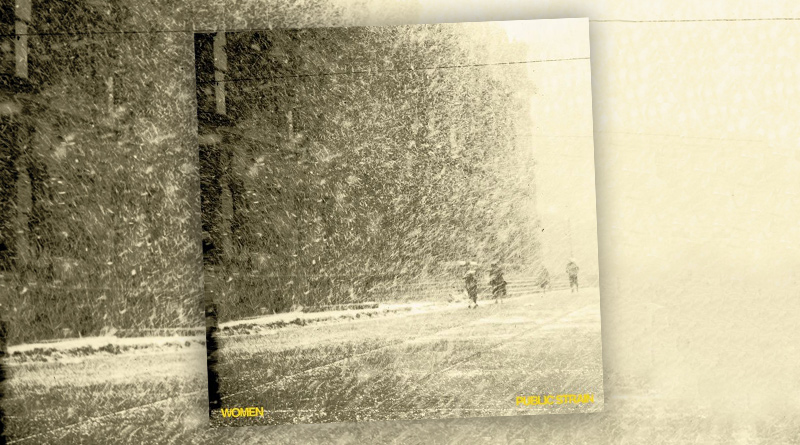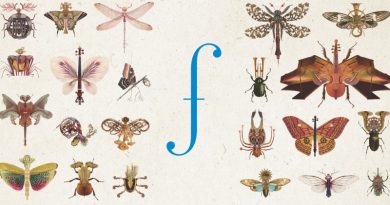Public Strain: The story of music’s most underappreciated album ever
Music history is full of great albums. Unfortunately, some do not get the credit they deserve. The story of the Canadian experimental rock band Women is one the saddest in the history of music.
After a solid start and a release of two critically acclaimed albums, the band started to fall apart. The band broke up in late 2010. In 2012, one of the guitarists, Chris Reimer, died in his sleep at the age of 26 due to a congenital heart condition and all the hopes for a reunion were gone.
Women’s first album, Women, is filled with great songs. However, it fails as a concept and has some very strange choices in the tracklisting. The record feels inconsistent and it seems like the band was very aware of this issue and decided to fix it. As a result, they managed to turn this handicap into their greatest strength on their second album, Public Strain, released in 2010.
Public Strain is also diverse, but this time in the best way possible. It offers the listener an abundance of different moods, styles, and situations, which all take place in one consistent sonic world, a world that is dark and scary.
Their lo-fi rock sound, inspired by the freezing weather of Alberta, is very hard to categorize. Some call it art rock, some post-punk, internet critics even came up with a completely new genre while describing Public Strain – post-wave. The band cites The Velvet Underground, Sonic Youth and early Pink Floyd as their main influences.
The album cover pictures a blizzard and it fits perfectly. When you listen to the record, you may feel like struggling your way through a freezing snowstorm at night. Sometimes you can see a glimpse of light, but it disappears after few seconds and you get devoured by despair.
The world of Public Strain might resemble the world of Franz Kafka’s books (the band even pays a tribute to the author in the song “Penal Colony”, which is named after one of his short stories). However, their sound is not always this desperate. Sometimes the band comes up with some surprisingly sunny and beautiful melodies. The synthesis of these two worlds is what makes Public Strain one of the best albums of its generation.
The band shows a great sense for detail and their style remains fresh for the whole forty minutes of its runtime. As I mentioned before, they often come up with an unexpected change of pace. There are soft ballads inspired by the music of the 60’s as well as aggressive noise rock performances on this album. You can even find elements of strange music genres on some of the songs, for example krautrock (the slowly building “China Steps”), math rock (“Heat Distraction” is in 13/8 time signature) and drone (“Bells”).
The best song on the album is undoubtedly the closing track. “Eyesore” is probably the most traditionally built song on Public Strain. Not only it is catchy, but also contains a refrain, which is not very common in Women’s discography. Warm guitars drowned in reverb, easy-going bass and drum work inspired by old girl bands’ music all give the song a unique, bittersweet atmosphere. Easily one of the greatest songs of the decade so far.
Women’s Public Strain is one of the most underrated albums of all time. The band managed to create an inimitable sound and proofed that independent rock still has got a lot to offer. Sadly, the record was mostly overlooked by the music media and did not get the attention it deserved. Maybe it will become a classic one day, but for now, it is one of the most beautiful hidden gems in music.
Text vznikl v rámci kurzu Angličtina pro žurnalisty Kabinetu jazykové přípravy.
Photo credit: Jagjaguwar




